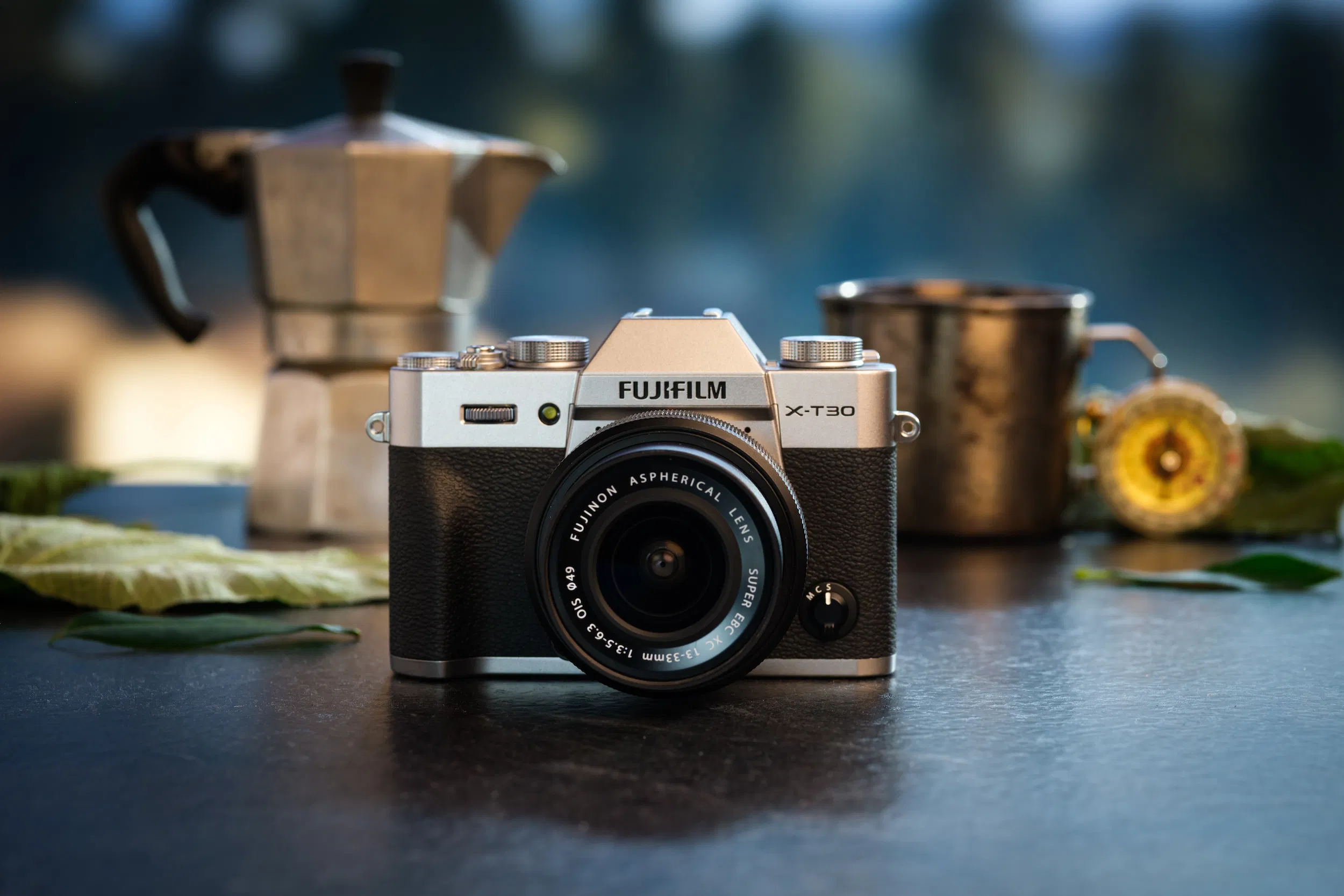Fujifilm has announced the X-T30 III, a new entry in its popular compact mirrorless series that combines classic design with meaningful upgrades for both photographers and filmmakers. The camera keeps the same 26.1-megapixel X-Trans CMOS 4 sensor found in the previous model but introduces the faster X-Processor 5, which significantly improves autofocus, image processing, and video performance.
The most noticeable new feature is a dedicated film simulation dial positioned on top of the camera. It replaces the traditional mode dial and gives photographers instant access to twenty of Fujifilm’s signature film looks, including newer profiles such as REALA ACE and Nostalgic Neg. Three custom slots labeled FS1 to FS3 let users save and recall their own favorite color recipes, appealing to the growing community of Fujifilm shooters who fine-tune aesthetic settings for specific moods and lighting conditions.
In terms of performance, the X-T30 III now supports internal recording up to 6.2K at 30 frames per second, 4K at 60 frames per second, and Full HD at up to 240 frames per second for slow-motion capture. This makes it one of the most capable video tools in Fujifilm’s mid-range lineup, rivaling the performance of more expensive bodies while keeping a smaller footprint. The autofocus system benefits from new AI-based subject detection algorithms that can recognize and track a wide variety of subjects, including animals, vehicles, drones, and insects.
Battery life also improves compared with the X-T30 II. In economy mode, Fujifilm rates the camera for roughly 425 shots per charge. The overall design remains true to the company’s retro aesthetic, with a lightweight body that weighs about 378 grams including battery and memory card. It retains the compact proportions and tactile control layout that have made the X-T series popular among street photographers and travelers.
Despite the upgrades, some limitations remain. The X-T30 III does not include in-body image stabilization, a feature that competing cameras from Sony and Canon now offer in the same price range. For handheld video work or low-light photography, this omission may steer some users toward higher-end models in Fujifilm’s lineup such as the X-S20 or X-H2.
The Fujifilm X-T30 III will be available in November 2025 in black, black-and-silver, and charcoal silver finishes. Pricing starts at $999.95 for the body only, or about $1,149.95 when bundled with the new XC 13-33 mm kit lens. The release positions the X-T30 III as a powerful yet approachable option for creators who want advanced tools without a bulky system or premium-tier price tag.
Fujifilm’s approach here focuses on refinement rather than reinvention. By adding meaningful usability improvements such as the film simulation dial, expanded subject tracking, and enhanced video options, the company gives its compact line new appeal to a generation of hybrid shooters who value portability and creative control.





